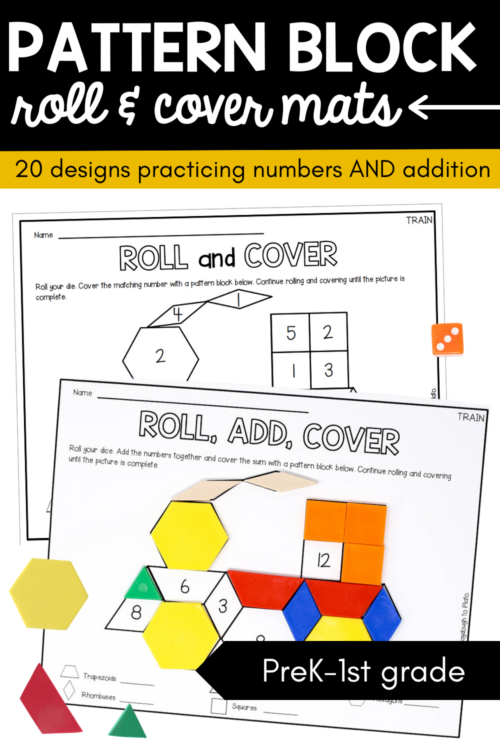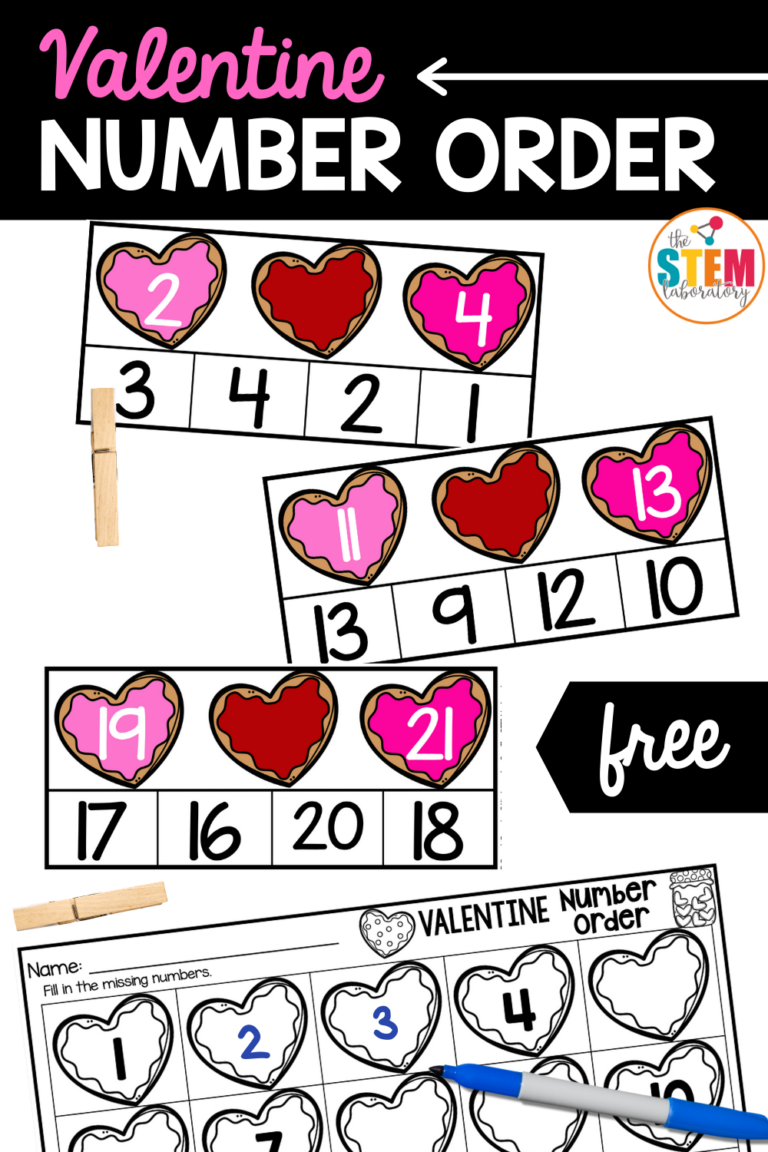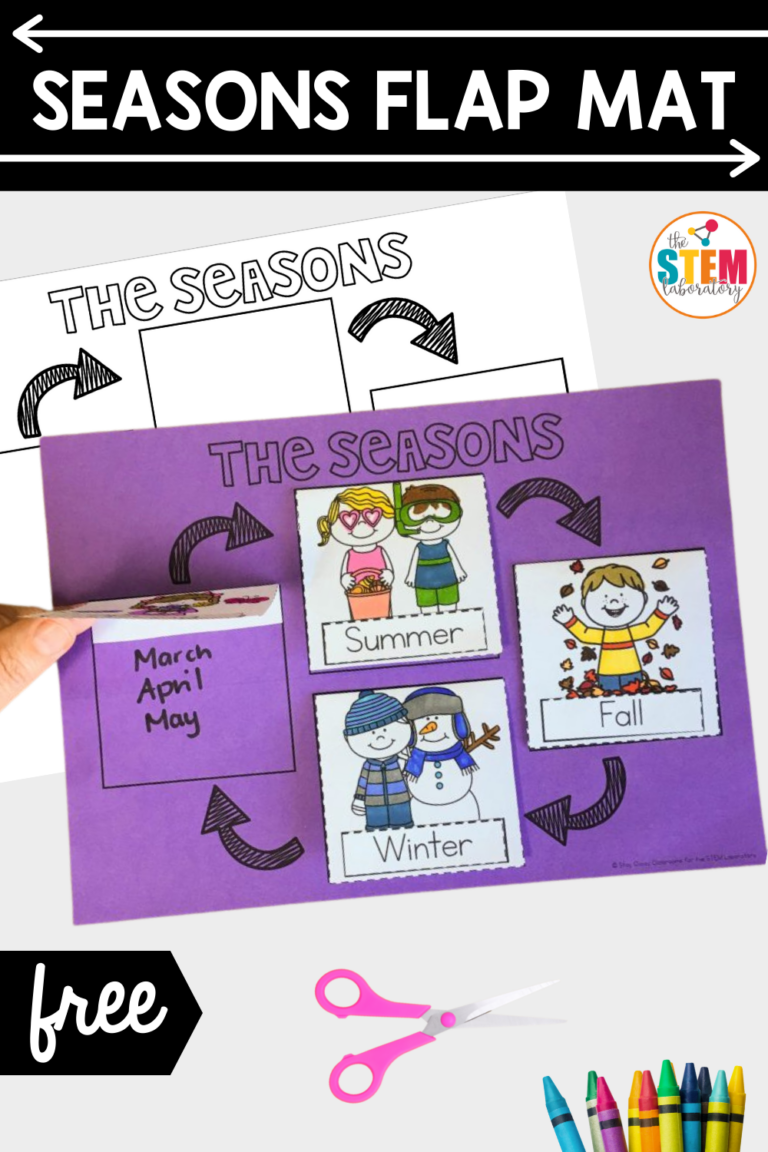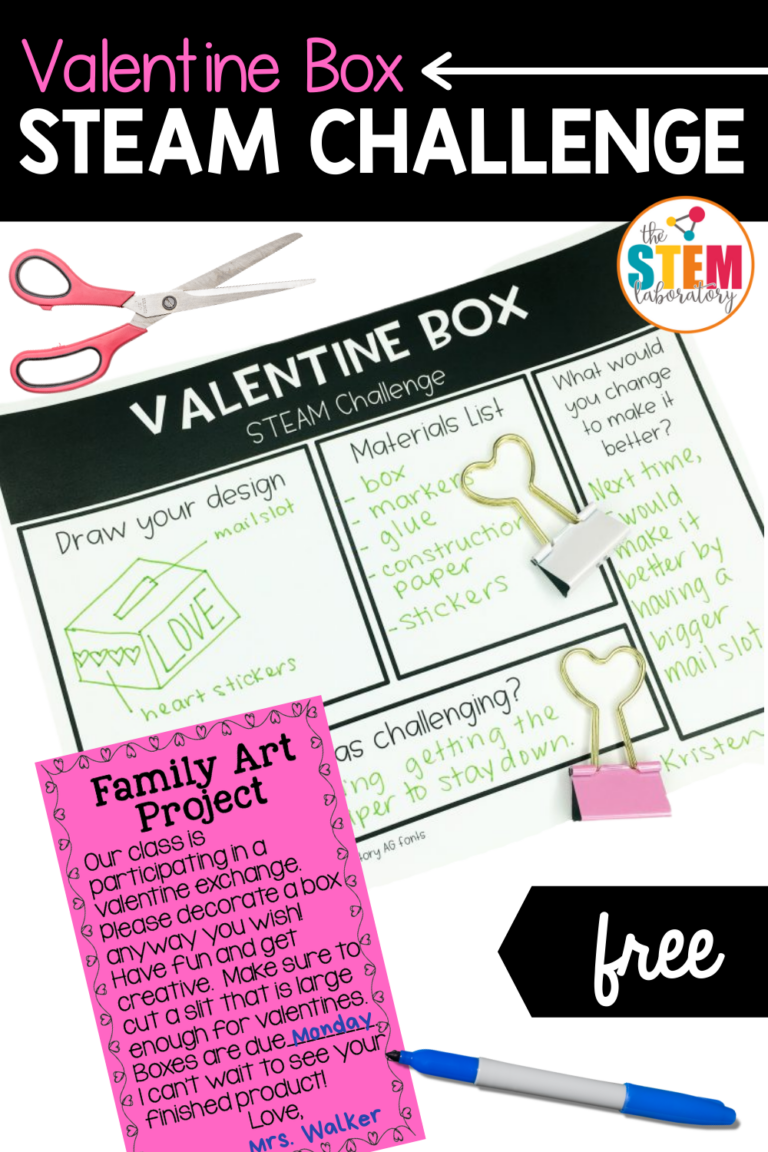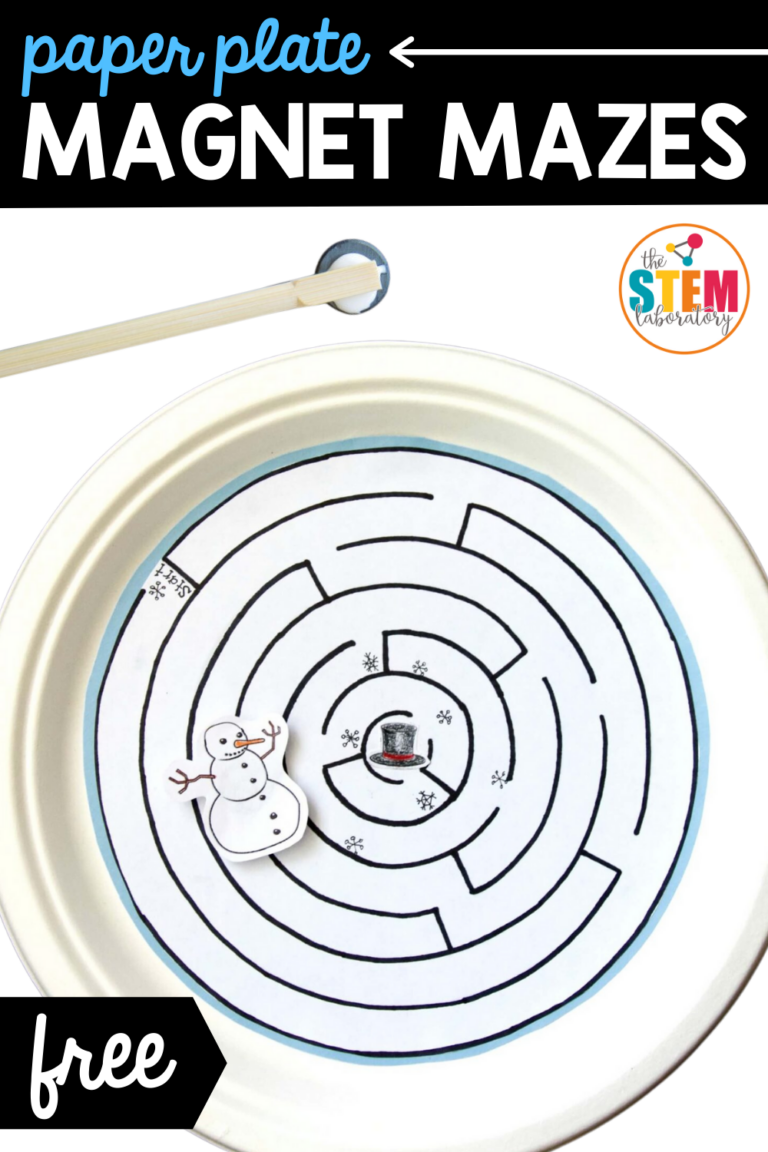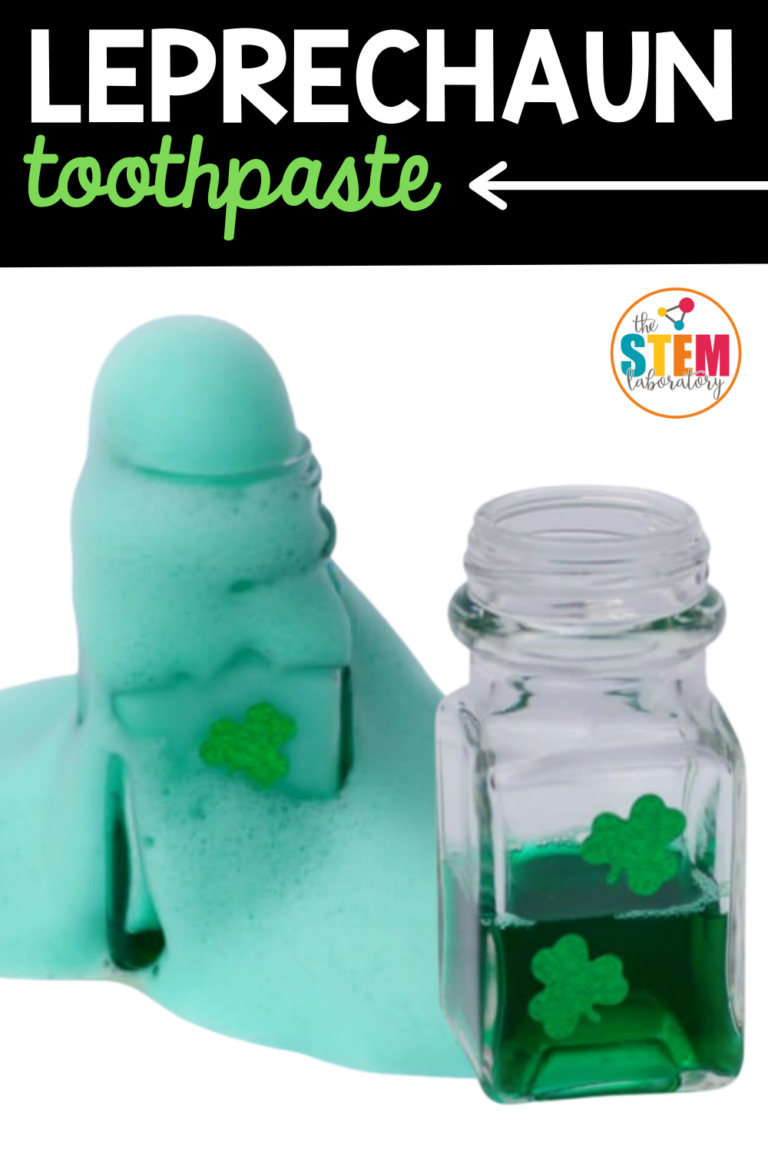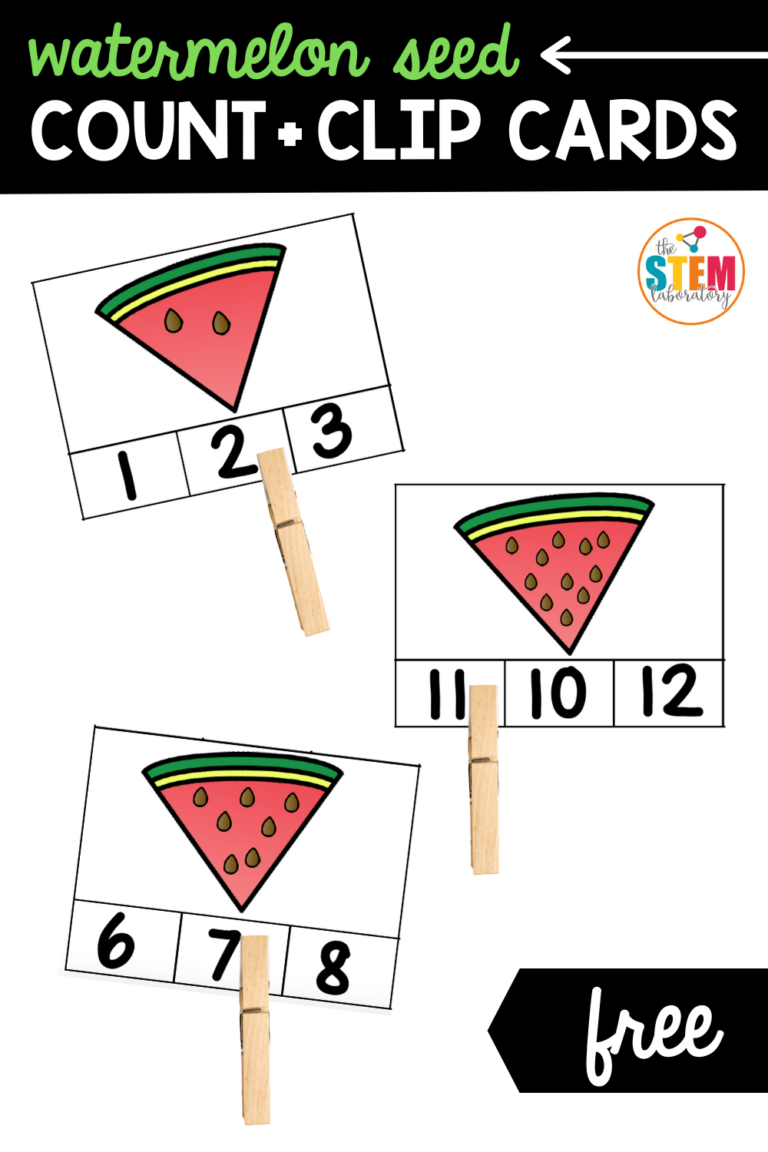Roll and Cover Pattern Block Mats
WARNING: These are not your average pattern block mats! In order to cover each shape, children need to roll the number with dice first. The simple twist adds a whole new level of learning (and fun!) to the mix.
Grab your Roll and Cover Pattern Block Mats in our shop!
This post contains Amazon affiliate links.
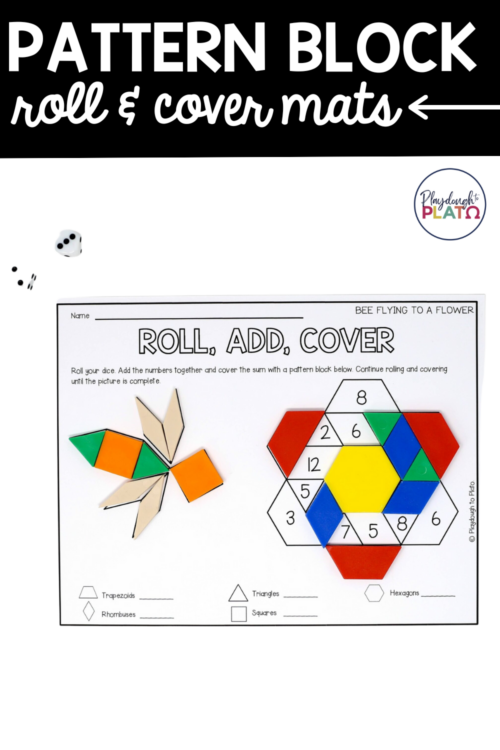
Getting Ready
The prep for this activity was as quick and easy as they come. Since I wanted Middle Brother (age 5) to work on adding two number together, I printed one of the Roll, Add and Cover sheets and grabbed two dice.
(To work on number recognition form 1 to 6, print the corresponding Roll and Cover sheet and pick up one die instead.)
With the prep work complete, I grabbed our box of pattern blocks and called him over to join me. See?! I promised it was easy.
Roll, Add and Cover
Middle Brother was eager to get started, so he rolled the dice and found the sum: ten!
He found a ten on the square that makes up the bee’s head and covered it with a pattern block.
One roll after another, he rolled, added and covered the picture.
When the last block had been placed, he counted the number of blocks for each shape and wrote them on the blank lines at the bottom of his page. It was a great way to add counting, comparing and number writing to our list of skills too.
Middle Brother happily grabbed another sheet and started the whole process again!
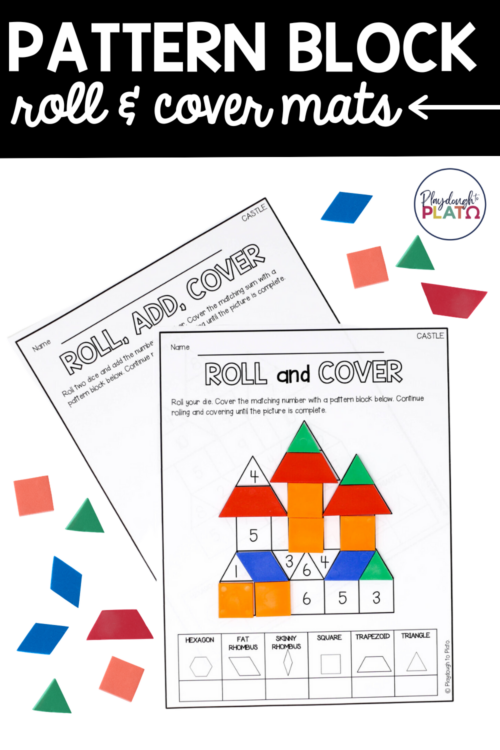
Roll and Cover
Although Middle Brother was ready for a challenge, I included corresponding sets of roll and cover sheets so that you can easily differentiate the math activity for a variety of learners.
(This is the version I will use with Little Sister when she is ready too.)
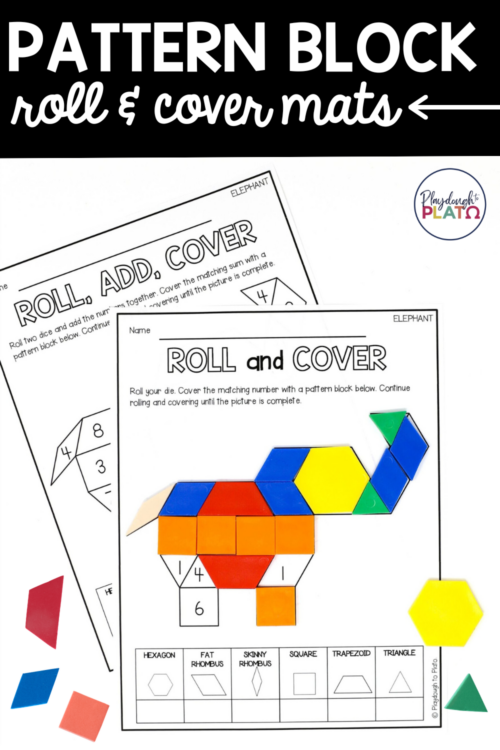
Grab Your Pack
Ready to roll and cover?! Grab your Roll and Cover Pattern Block Mats in our shop!
